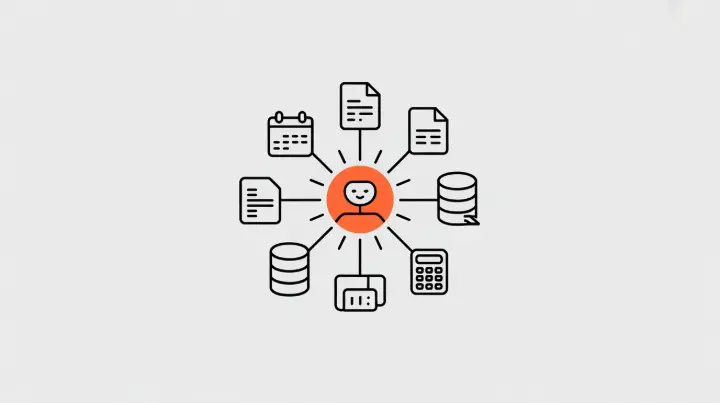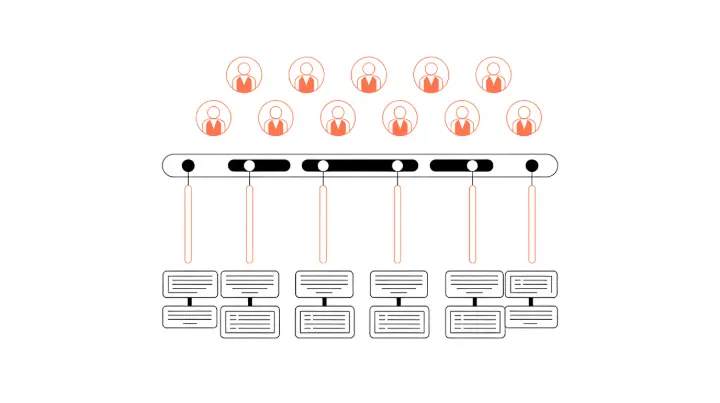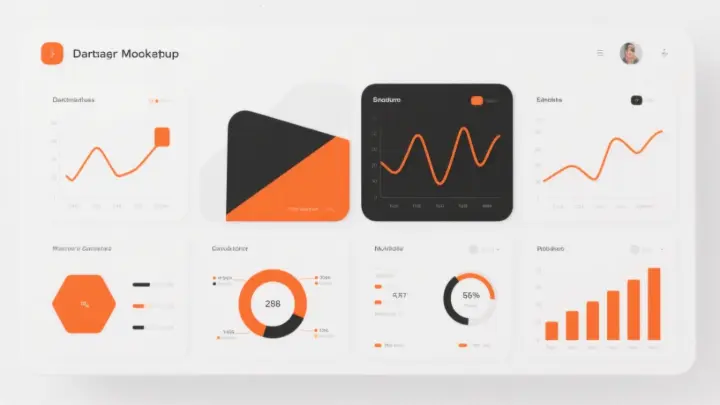The artificial intelligence landscape is experiencing a fundamental transformation. While powerful language models continue to capture headlines, a quiet revolution is taking place in how enterprises actually deploy and manage AI systems. The introduction of platforms like IBM's watsonx Orchestrate with AgentOps signals a critical shift in priorities.
Building sophisticated models is no longer the only challenge. The real bottleneck for enterprise adoption now lies in orchestration, governance, and operational infrastructure.
What Makes AI Agentic
Agentic AI refers to systems that can autonomously pursue goals, make decisions, and take actions without constant human intervention. Unlike traditional AI that simply responds to prompts, agentic systems can break down complex tasks, use tools, interact with multiple data sources, and adapt their approach based on feedback. These agents can schedule meetings, analyze financial reports, troubleshoot technical issues, and coordinate with other AI systems to accomplish business objectives.
The appeal for enterprises is obvious. Agentic AI promises to automate entire workflows rather than individual tasks. However, this autonomy introduces new challenges around control, reliability, and accountability that basic chatbot implementations never faced.

The Shift from Experimentation to Production
Many organizations have spent the past two years running pilot projects and proof of concepts with generative AI. These experiments often showed promising results in controlled environments. The problem emerges when trying to scale those successes across an entire organization.
Moving from a demo to a production system requires addressing questions that experimental setups can ignore. How do you ensure agents follow company policies? What happens when an agent makes a mistake that affects customers or revenue? How do you monitor dozens or hundreds of agents operating simultaneously? Who is responsible when something goes wrong?
This is where orchestration platforms become essential. They provide the scaffolding that allows autonomous agents to operate within acceptable boundaries while maintaining the flexibility that makes them valuable.
Understanding AI Orchestration
AI orchestration involves coordinating multiple AI agents, managing their interactions, and ensuring they work together toward business objectives. Think of it as air traffic control for autonomous AI systems.
An orchestration platform handles several critical functions. It routes tasks to appropriate agents based on their capabilities and current workload. It manages the flow of information between agents so they can collaborate effectively. It enforces guardrails to prevent agents from taking actions outside their authorized scope. And it provides visibility into what agents are doing and why they made particular decisions.

IBM's watsonx Orchestrate exemplifies this approach by providing enterprises with tools to design agent workflows, set operational parameters, and monitor performance across their AI ecosystem.
Rather than managing each agent individually, organizations can define high-level policies and let the orchestration layer handle implementation details.
Governance as a Competitive Advantage
Enterprise AI governance is no longer just about compliance. It is becoming a competitive differentiator. Organizations that can deploy AI agents confidently and quickly will move faster than competitors still stuck in endless review cycles.
Effective governance frameworks balance innovation with control. They define clear ownership and accountability for AI decisions.
They establish processes for testing and validating agent behavior before deployment. They create audit trails that document what agents did and why. And they provide mechanisms to quickly disable or modify agents when issues arise.
The AgentOps approach treats AI agents as operational assets that require the same rigor as other business-critical systems.
This means implementing monitoring, logging, version control, and incident response protocols specifically designed for autonomous AI systems.

The Observability Challenge
Traditional software monitoring focuses on metrics like response time, error rates, and resource utilization. These remain important for AI systems, but they miss the bigger picture. An AI agent can have perfect uptime and fast response times while consistently making poor decisions.
AI observability requires tracking higher-level metrics. Is the agent achieving its intended goals? Are its decisions consistent with company values and policies?
Is it learning and improving over time or developing problematic patterns? How are users actually interacting with the agent in real-world scenarios?
Advanced observability platforms capture the reasoning process behind agent decisions, not just the final outputs.
This allows teams to understand why an agent took a particular action, identify potential issues before they cause problems, and continuously refine agent behavior based on real-world performance.

Building Multi-Agent Systems
The future of enterprise AI likely involves networks of specialized agents rather than monolithic systems. A customer service operation might deploy separate agents for technical support, billing inquiries, product recommendations, and complaint resolution, with an orchestration layer coordinating their interactions.
This multi-agent approach offers several advantages. Specialized agents can be optimized for specific tasks and updated independently.
Failed or underperforming agents can be replaced without rebuilding the entire system. And different teams can develop agents for their domains while maintaining consistency at the orchestration level.
However, multi-agent systems introduce complexity. Agents need protocols for communication and coordination.
The orchestration layer must prevent conflicts when multiple agents try to act simultaneously. And the overall system must remain understandable to the humans who manage and maintain it.

Making the Infrastructure Investment
Organizations serious about AI adoption need to invest in infrastructure alongside models. This means budgeting for orchestration platforms, observability tools, and governance frameworks.
It means training teams not just in prompt engineering but in agent design, workflow orchestration, and operational monitoring.
The payoff comes in the form of faster deployment cycles, fewer production incidents, and greater confidence in AI systems.
Rather than treating each new agent as a high-risk experiment, organizations with mature infrastructure can iterate quickly and scale successful patterns across the business.

Moving Forward with Agentic AI
The shift from experimental AI to operational AI requires new thinking and new tools. Models will continue improving, but the infrastructure around those models will determine which organizations successfully harness their potential.
Platforms like watsonx Orchestrate represent the beginning of a mature ecosystem for enterprise AI, where governance and orchestration are first-class concerns rather than afterthoughts.
For enterprises navigating this transition, the message is clear. Invest in the infrastructure that makes AI agents reliable, observable, and governable. Build the operational capabilities that turn promising demos into production systems.
The organizations that master AI orchestration today will define competitive advantage tomorrow.